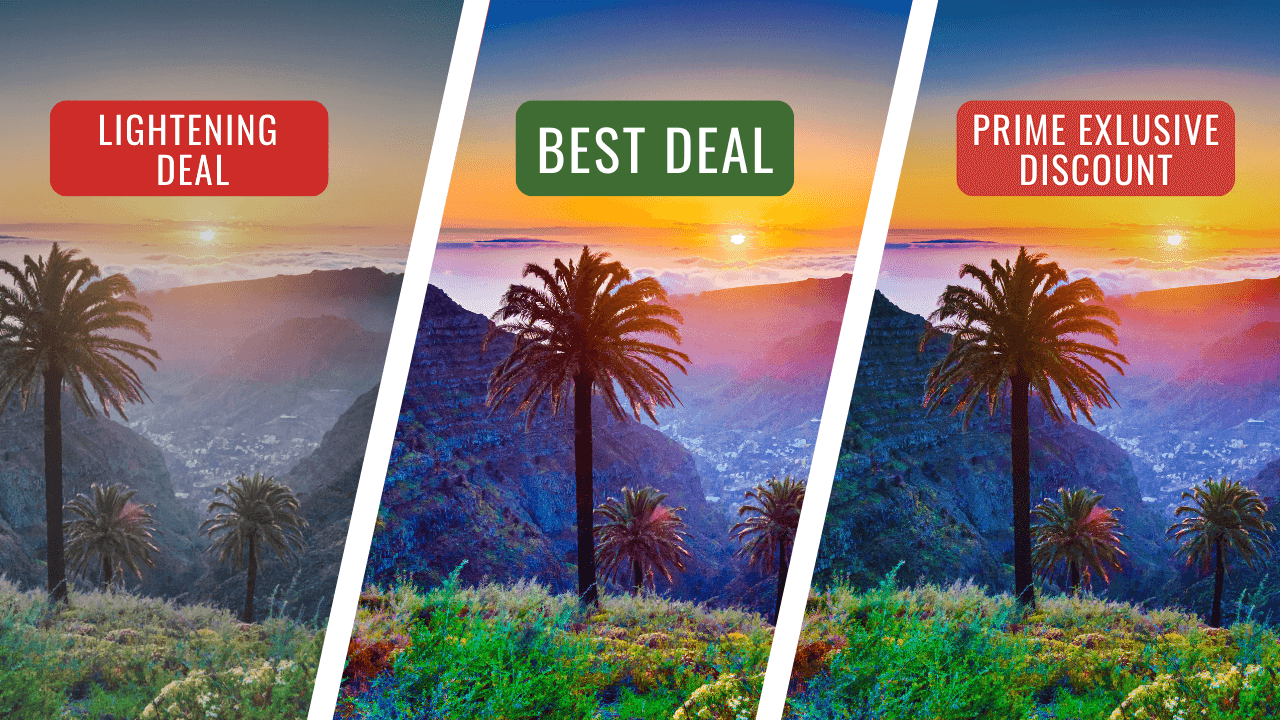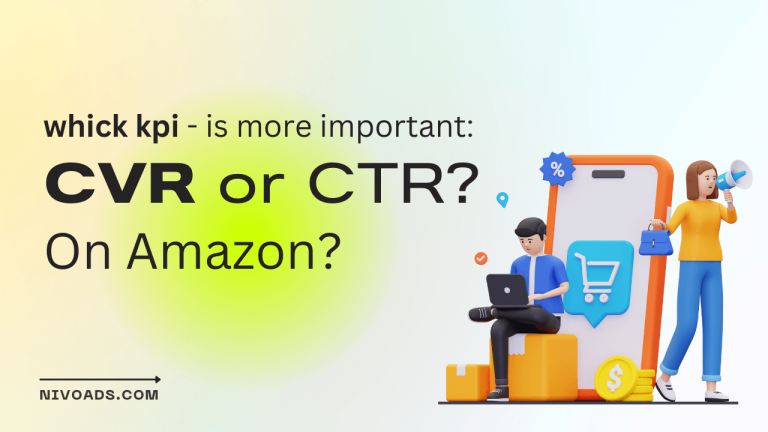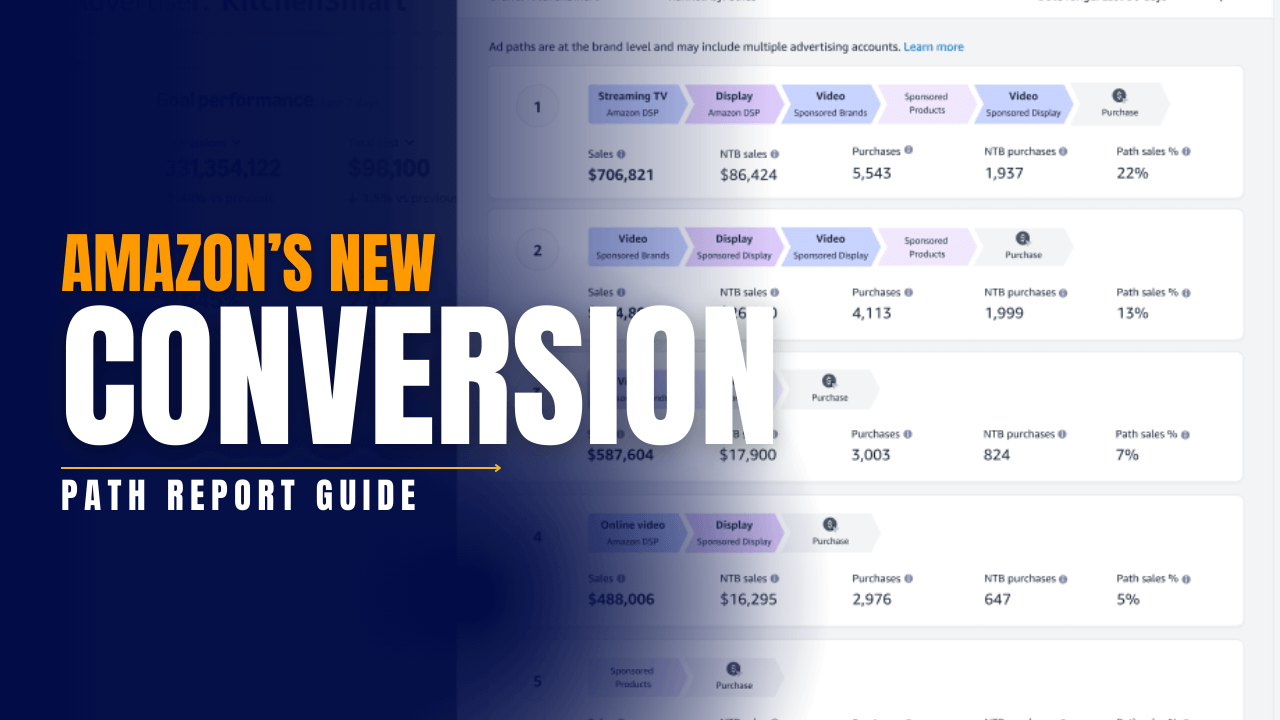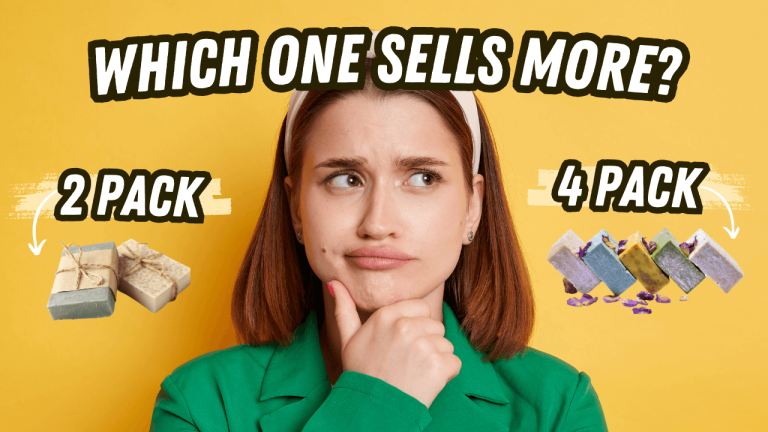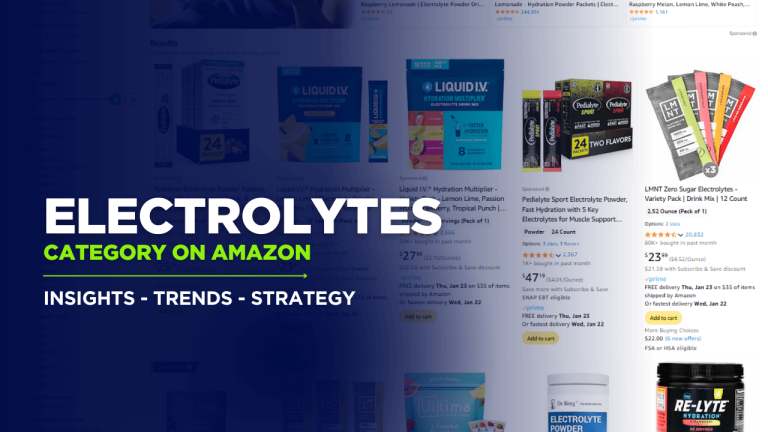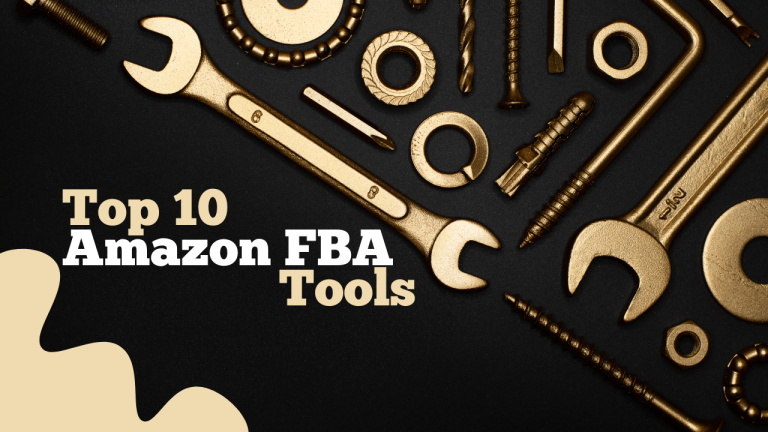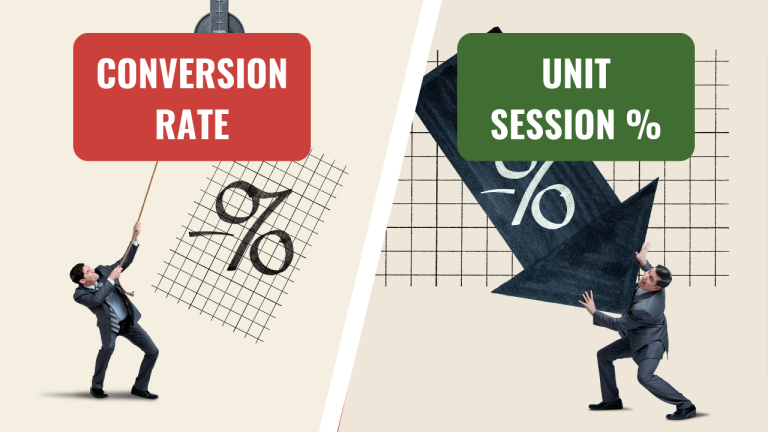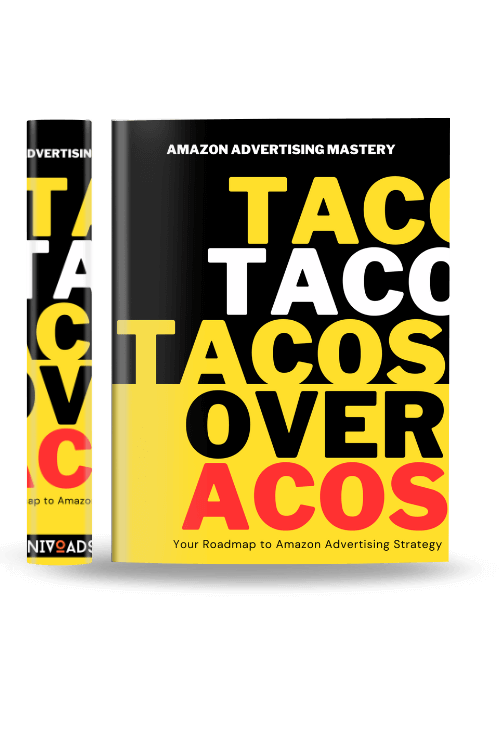Amazon offers several promotional tools for sellers, including Lightning Deals, Best Deals, and Prime Exclusive Discounts (PEDs). These tools are designed to increase visibility, drive sales, and help manage inventory. Each has unique requirements, benefits, and fees. Below, we’ll compare these options in detail and provide tips for maximizing their effectiveness.
1. Lightning Deals
A Lightning Deal is a short-term promotional offer that typically runs for 4 to 12 hours, featuring a steep discount and exclusive merchandising, such as a “Deals Badge.” Lightning Deals create urgency by including a countdown timer, prompting shoppers to act quickly.
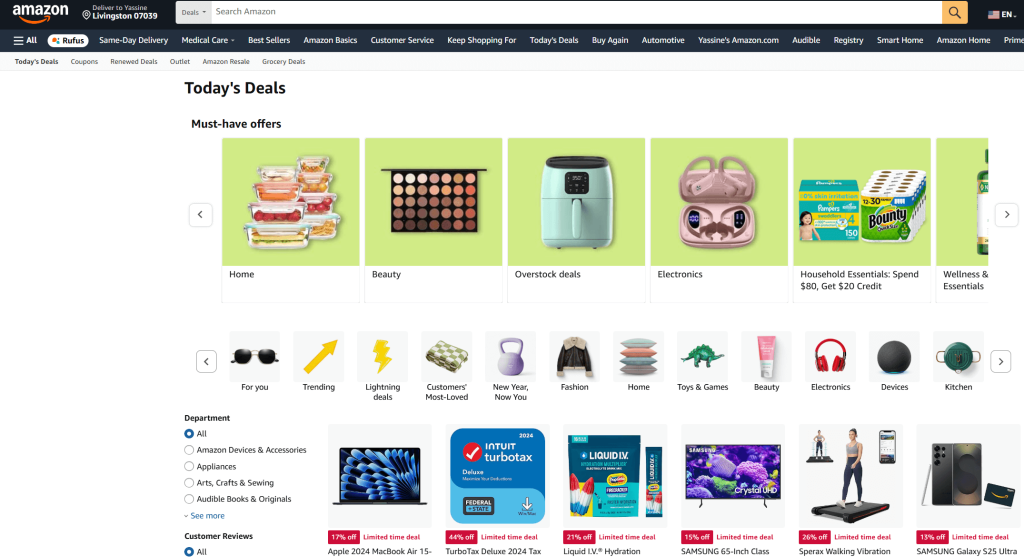
Key Features
- Duration: 4–12 hours.
- Visibility: High visibility on the “Today’s Deals” page.
- Cost:
- $150 per deal.
- Higher fees during high-traffic weeks, such as holidays or Prime events (e.g., Fall Prime Day, Black Friday).
- Eligibility Requirements:
- Products must have a minimum 4-star rating.
- Must be in new condition and Prime-eligible (Fulfilled by Amazon or Seller Fulfilled Prime).
- At least 65% of variations (e.g., sizes, colors) must be included in the deal.
- Compliant with Amazon’s reference price policies.
Advantages
- Increases sales volume: Generates a significant spike in sales during the deal period.
- Clears inventory: Quickly moves excess or seasonal stock.
- Boosts visibility: Prominent placement on the “Today’s Deals” page.
Considerations
- Requires deep discounts, which may impact margins.
- Amazon controls the exact timing of the deal, so sellers have limited scheduling control.
- Suppression risks if eligibility criteria aren’t met closer to the scheduled date.
2. Best Deals
Best Deals offer an extended promotional period of up to 14 days, giving sellers a chance to achieve sustained visibility and steady sales growth. They are featured prominently on Amazon’s “Today’s Deals” page.
Key Features
- Duration: Up to 14 days.
- Visibility: Continuous placement on the “Today’s Deals” page.
- Cost:
- $300 per deal.
- Additional fees may apply during major sales events like Prime Day or Black Friday.
- Eligibility Requirements:
- Must meet all criteria required for Lightning Deals.
- Products must have consistent inventory levels to support the promotion over an extended period.
Advantages
- Extended exposure: Allows steady sales growth over a longer timeframe.
- Strategic planning: Sellers can carefully plan inventory management and marketing efforts.
- Brand building: Repeated visibility helps strengthen brand recognition.
Considerations
- Higher upfront cost compared to Lightning Deals.
- Lacks the urgency of time-limited deals, which may lead to slower sales.
3. Prime Exclusive Discounts (PEDs)
Prime Exclusive Discounts are designed specifically for Amazon Prime members. These discounts feature crossed-out original prices and highlight savings prominently on search results and product pages.
Key Features
- Audience: Exclusive to Amazon Prime members.
- Visibility: Displayed with a “Prime Exclusive Discount” badge on search results and product pages.
- Cost:
- Free during non-event periods.
- $50 per discount during major events such as Prime Day, Fall Prime, and Black Friday.
- Eligibility Requirements:
- Minimum 10% discount off the non-Prime price.
- Products must have a minimum 3-star rating or no rating.
- Must be Prime-eligible and in new condition.
- Cannot overlap with other promotions that violate PED rules.
Advantages
- Cost-effective promotion: Free to run outside of major events, making it ideal for budget-conscious sellers.
- Prime targeting: Reaches Amazon’s loyal Prime members, who tend to spend more.
- Increased visibility: Badging helps attract attention and build credibility.
Considerations
- Limited audience, as only Prime members benefit from the discount.
- PEDs can be suppressed if eligibility requirements aren’t met.
- Can stack with other promotions, which may lead to higher-than-expected discounts.
Key Comparisons
| Feature | Lightning Deals | Best Deals | Prime Exclusive Discounts (PEDs) |
|---|---|---|---|
| Duration | 4–12 hours | Up to 14 days | Flexible |
| Target Audience | All Amazon shoppers | All Amazon shoppers | Prime members only |
| Fees | $150 per deal | $300 per deal | Free (non-events); $50 (events) |
| Discount Requirements | Minimum 15% | Minimum 15% | Minimum 10% |
| Visibility | High (featured on Today’s Deals page) | Sustained visibility | Prominent Prime-exclusive badging |
| Best Use Case | Quick inventory clearance | Long-term visibility for top products | Targeting Prime members effectively |
Tips for Getting the Most Out of Deals

Before Creating Deals
- Optimize Product Listings:
- Use high-quality images and detailed product descriptions.
- Consider adding Enhanced Brand Content (EBC) if your account is Brand Registered.
- Choose the Right Timing:
- Schedule promotions during seasonal peaks or high-traffic events for maximum impact.
- Factor in competition and ensure your price is competitive both on and off Amazon.
- Leverage Eligible ASINs:
- Regularly check the Deals Dashboard to identify eligible ASINs, as these are refreshed weekly.
After Submitting Deals
- Monitor Deal Status:
- Check the Deals Dashboard for any suppressed deals and resolve issues promptly.
- Avoid Major Changes:
- Don’t edit pricing or close listings for participating ASINs, as this may cause suppression or cancellation.
- Prepare Inventory:
- Ensure sufficient stock is available to meet anticipated demand.
Conclusion
Lightning Deals, Best Deals, and Prime Exclusive Discounts cater to different business needs and budgets. Lightning Deals are ideal for creating urgency and clearing inventory quickly, while Best Deals provide longer-term visibility for evergreen products. Prime Exclusive Discounts offer a cost-effective way to target Prime members, especially during major sales events.
When choosing the right promotional strategy, consider your budget, inventory levels, and business objectives. By leveraging these tools strategically, sellers can maximize sales, improve product visibility, and build long-term brand loyalty on Amazon.

